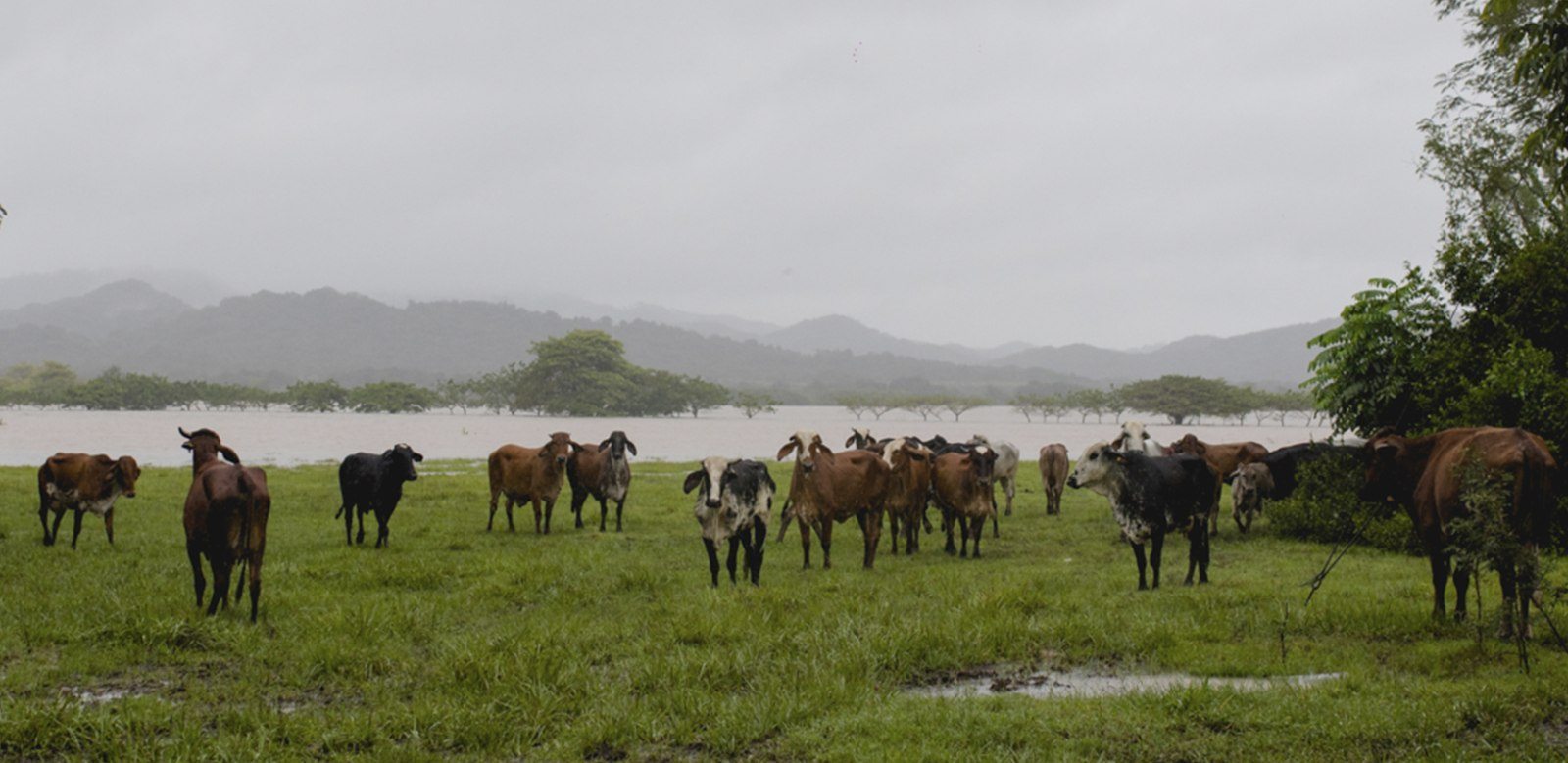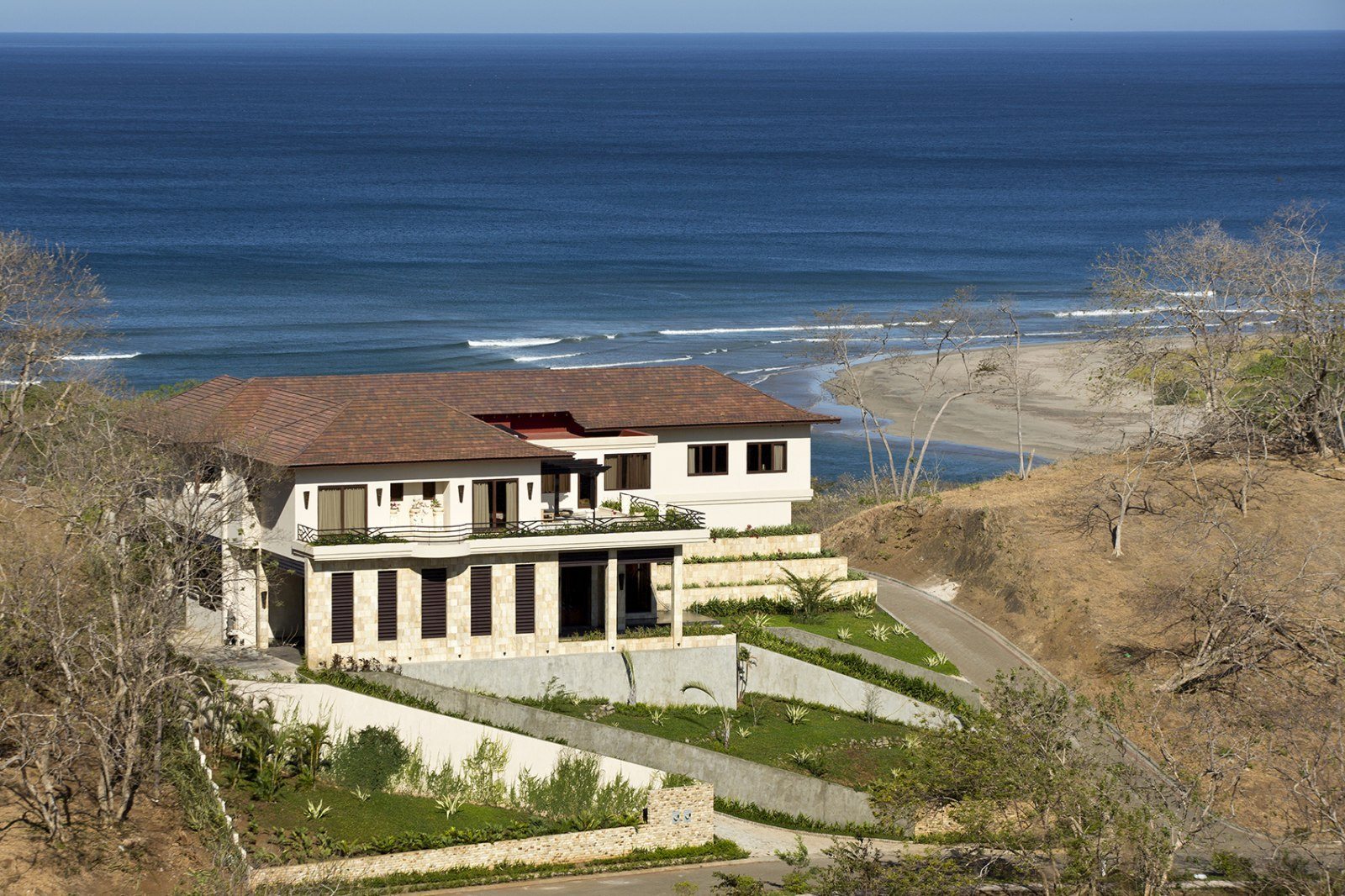
Oliver Rodríguez has been thinking for a month about the damages that Nate left after it passed through over his sugarcane business. More than 50% of his plantation was reduced to branches that lie on the ground and cost him ₡6 million ($10,715.00) in losses, according to his calculations.
It will take the owner of DulceTico more than a year to recover the channel that he has worked on for 70 years. So he decided to turn to the Agriculture and Livestock Ministry (MAG) for aid.
But MAG is just now starting to distribute seeds to growers affected by Hurricane Otto, which was almost a year ago.
Nate, which hit Costa Rica as a tropical storm, affected thousands of people in the Chorotega region. It flooded plantations and livestock fields that, in many cases, won’t recover for at least a year, according to calculations by farmers.
The list of basic needs that the Rural Development Institute (INDER) thinks it must dedicate to Guanacaste farmers is not modest. It includes fertilizer, pesticides, seeds, feed for animals, farming equipment, tools and others.
But first they need the analysis of damages performed by MAG. Once the yellow alert is lifted, it’s no longer considered a first impact emergency, and therefore an an assessment of affected fields must be completed before an amount for donations is requested from the National Emergency Commission and other public institutions.
The National Produccion Board (CNP), the Inter-American Institute for Agricultural Cooperation (IICA) and INDER coincide. Their aid actions depend on MAG’s verdict.
The ministry has a 90-day grace period to complete its report. But because the devastation was so significant, President Luis Guillermo Solis requested that they complete it within a month at the latest.
Engineer Óscar Vásquez Rosales, MAG’s regional director in Guanacaste, has been visiting all of the farms with help from other officials from MAG, the National Emergency Committee (CNE), The National Water, Irrigation and Drainage Service (Senara), and the National Animal Health Service (Senasa) to evaluate damages or total losses of crops.
According to their preliminary evaluations, they estimate that of 106,000 hectares (3,954 acres) that reported being flooded, at least 45,000 were affected.
“Not everything that initially flooded suffered a definitive loss,” he explained. “Crops can get flooded but we have to see if the storm effectively destroyed them.”
The crops that suffered the worst damage were pastures, gardens, sugarcane, melon, papaya, watermelon and basic grains such as rice, beans and corn.
Vasquez said that the most affected zones in the Chorotega region are Bolsón and Ortega in Santa Cruz, Filadelfia and Sardinal in Carrillo and the lower parts of Nicoya, Cañas and Bagaces.
In Sardinal, the Coope Cerro Azul Cooperative, which produces oranges and coffee, estimates roughly ₡8 million ($14,285) in losses after 1,000 square meters of greenhouses were damaged.
In Hojancha, local cooperative Coopepilangosta stresses that while coffee crop losses weren’t as bad as they expected, some farms lost as much as 15% of their crop.
None of this will be free for farmers, many of whom are tied up with bank loans that now have no backing.
Part of MAG’s study will be to figure out if a farmer has an approved loan, so they can certify that the grower was affected and request that the bank restructure the debt.
MAG will complete its report on damages and present it to the ministry the first week of November.
It must then be sent to the CNE so that they can create a general plan to attend to the emergency, which must be completed before they can assign an aid amount to each of its executor units, which are they ones that buy the supplies to help recover lost material.







Comments